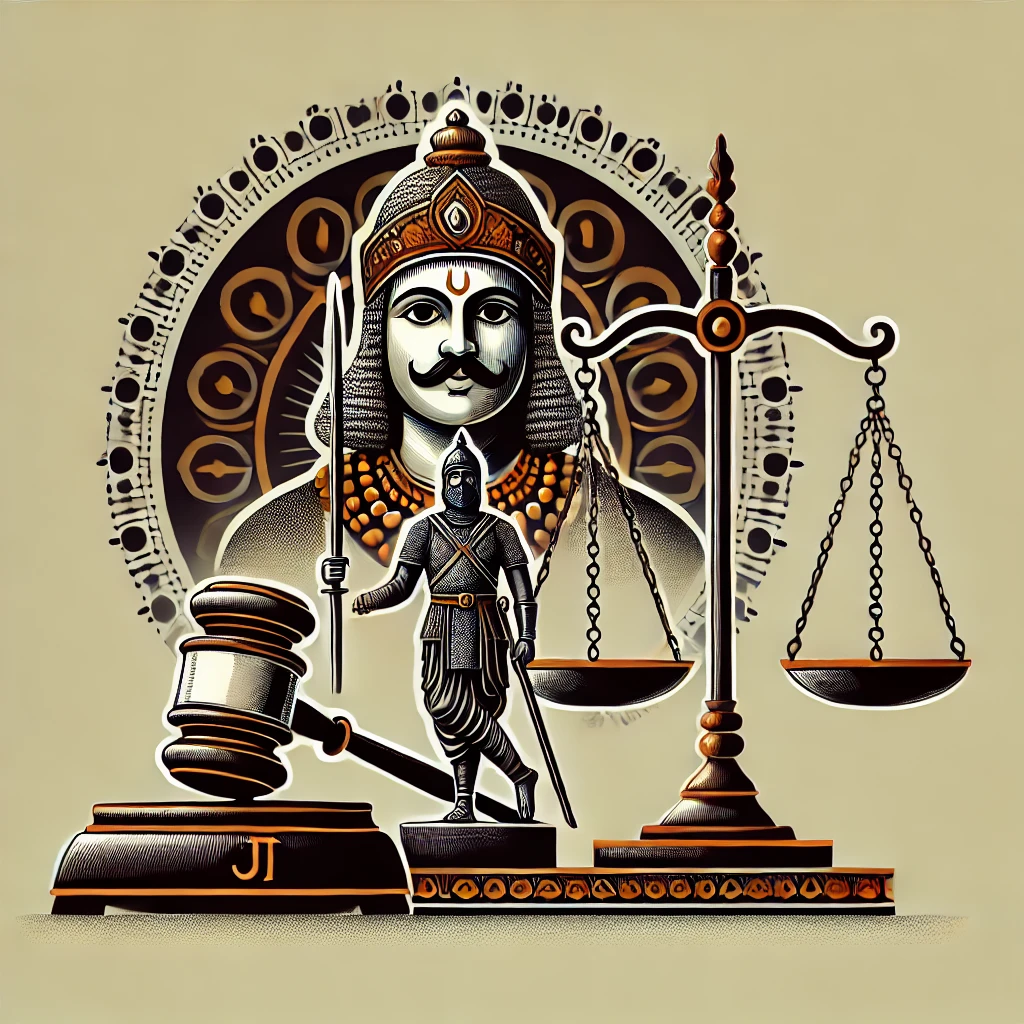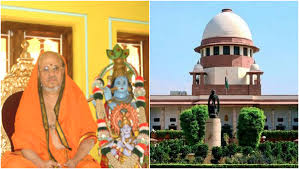Judgment Reviews Law at Slovenia
Slovenia's legal system, like many European countries, is a multi-tiered system that provides for the review of judgments. The process for judgment review is structured around a hierarchy of courts and different types of legal remedies.
Court System Structure
The Slovenian court system has four levels of courts with general jurisdiction, plus specialized courts for administrative, labor, and social disputes.
Local and District Courts: These are the courts of first instance, where most cases are initially heard.
Higher Courts: There are four higher courts (in Celje, Koper, Ljubljana, and Maribor) that serve as appellate courts. They review decisions from the local and district courts.
Supreme Court: This is the highest court in the state. It acts primarily as a court of cassation, meaning it doesn't re-hear cases to re-examine facts, but rather reviews lower court decisions for errors in the application of substantive and procedural law.
Constitutional Court: The Constitutional Court is a separate and independent body. It primarily assesses the constitutionality of laws and can hear constitutional complaints from individuals who believe their human rights have been violated by a final court judgment, after all other legal remedies have been exhausted.
Legal Remedies for Judgment Review
There are two main types of legal remedies for reviewing judgments in Slovenia: ordinary and extraordinary.
Ordinary Legal Remedies
Appeal (Pritožba): This is the most common way to challenge a first-instance judgment. An appeal is filed with the Higher Court and allows for a full review of the case, including both the facts and the application of the law. The time limit for lodging an appeal is typically 30 days from the service of the judgment.
Extraordinary Legal Remedies
Extraordinary remedies are used to challenge final judgments that have already been through the appeal process.
Revision (Revizija): This is an extraordinary legal remedy filed with the Supreme Court. It is not an automatic right and is only admissible in specific circumstances, such as when the case involves a question of law that is important for legal security and the harmonization of jurisprudence, or when the value of the dispute exceeds a certain amount. A revision focuses solely on legal issues, not factual ones.
Request for the Protection of Legality (Zahteva za varstvo zakonitosti): This is another extraordinary remedy that can be filed with the Supreme Court, but it is reserved for specific procedural and substantive law violations in criminal cases.
Constitutional Complaint (Ustavna pritožba): After all other remedies have been exhausted, an individual can file a constitutional complaint with the Constitutional Court if they believe a final judgment has violated their human rights or fundamental freedoms.
Key Aspects of Judgment Review
Procedural Law: The review of judgments in civil cases is governed by the Contentious Civil Procedure Act, while administrative appeals are regulated by the General Administrative Procedure Act.
Administrative Disputes: For administrative acts, the first level of judicial review is an administrative dispute before the Administrative Court. An appeal against a decision of the Administrative Court goes to the Supreme Court.
Legal Representation: In proceedings before the Supreme Court (e.g., for revision), it is generally mandatory to be represented by a lawyer.
Time Limits: Strict time limits apply for filing appeals and other legal remedies. Failing to meet these deadlines can result in the loss of the right to have the judgment reviewed.






























0 comments